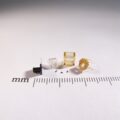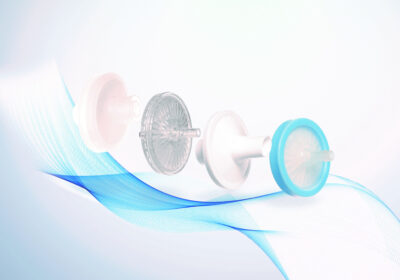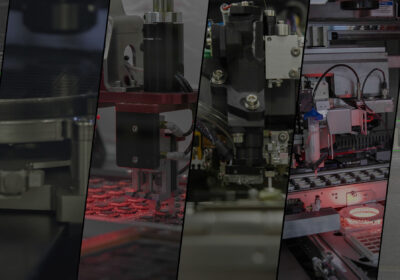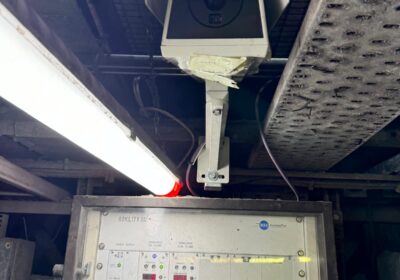~ Batteries fuelling the smart water meter revolution ~
Smart water meters are playing an important role in water conservation, both from a wider governmental and homeowner perspective. These meters utilise advanced sensor technology to collect granular data on water usage, enabling data-driven water management strategies. However, the performance and reliability of these systems relies heavily on battery technology, which often goes unnoticed. Here, Robert Brown, marketing executive at industrial battery manufacturer Ultralife, explores the role of batteries in ensuring the uninterrupted operation and long-term viability of smart water meter networks.
Smart water meters offer a glimpse into a future where water distribution is optimised, leaks are promptly detected and addressed, and water usage is monitored precisely. This technology empowers both city planners and individual consumers to make informed decisions regarding water conservation. The smart water meters in our homes function as part of the wider energy network, constantly communicating with centralised control systems. These meters can detect even the most minor irregularities in water pressure, flow, and quality, providing real-time data for actionable insights.
One crucial component of smart water meters is the battery, which will typically be non-rechargeable and embedded for the lifetime of the meter, around ten to twenty years. A technician from the utility company will replace the smart meter when the battery is running low. Because a long service life is needed and batteries should take up the least amount of space possible in people’s homes, smart meters often use Lithium Thionyl Chloride batteries, which store a large amount of energy for their size. However, batteries from different manufacturers will have different amounts of stored energy (capacities). For example, Ultralife manufactures a D cell offering an industry leading capacity of 19Ah, meaning it will last longer than competitors’ offerings.
So, how do smart meters work? Every time energy is used or generated in homes, it is turned into a packet of data that is securely encrypted and sent to a communications hub on a home area network (a local internet network used solely for this purpose). The data is then sent to a battery-powered in-home display, which is the device most people associate with smart meters, before being sent to a wide area network of cell towers/nodes from which it is transmitted to the energy company.
The problem is that new 5G wide area networks operate using a higher frequency than old 4G ones, meaning the signal from the battery-powered smart meter cannot travel as far, so the cell tower/node needs to be closer to the home than before. The reduced distance also means the higher the likelihood that the smart meter cannot successfully connect to one cell tower/node and must therefore attempt to connect to another, which can drain more power from the battery. The battery can also help the smart meter to connect to a node if it maintains a high voltage and delivers current without delay, which can be achieved by adding capacitors to Lithium Thionyl Chloride batteries, including Ultralife’s.
The accuracy of data collected by smart meters is what plays a crucial role in water conservation, as it can indicate spikes in water consumption, which might signal incidents such as water leaks. Separate devices are available specifically for water leak detection – sending push notifications, e-mails, and texts when moisture is detected around pipes – but using smart meters to double-check if there is a leak, enhances overall efficiency and responsiveness. According to the Insurance Information Institute, each year, around one in 50 insured homes files a claim related to damage from water freezing, with the average cost of property damage coming in at about $11,000. This underscores the importance for homeowners to use multiple devices with reliable and long-lasting batteries to mitigate such risks.
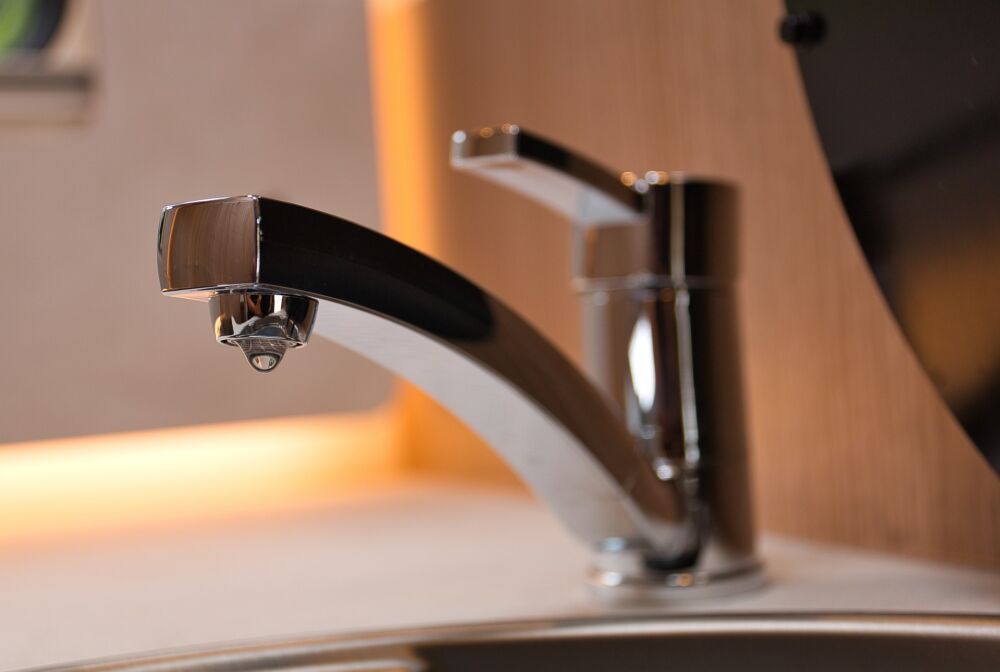
Just as with smart meters, water leak detectors rely heavily on battery performance. While some detectors can be plugged into AC mains, battery-powered versions offer greater placement flexibility, as there are no trailing wires and they do not need to be placed near a power outlet. Devices using CR123A batteries are typically smaller, utilising one 3V cell instead of two 1.5V cells, making them suitable for tight spaces. However, users have reported issues with battery life and performance.
To address these concerns, Ultralife employs a hybrid chemistry of Lithium Manganese Dioxide and Lithium Carbon Monofluoride (Li-CFx/Mn02) in one of its CR123A-size batteries. The combination of these chemistries provides a high capacity of 2.0Ah, which is 30 per cent more stored energy than standard CR123As. This stability and high energy density make these batteries an optimal choice for water leak sensors, ensuring they can function effectively throughout their intended lifespan.
Selecting the right battery can significantly impact the effectiveness of smart water meters and leak sensors. With advancements in battery technology, such as those offered by Ultralife, the future of smart water management looks promising. Enhanced battery life and reliability will not only support the seamless operation of these devices but also contribute to the broader goals of water conservation and efficient resource management in urban environments.

